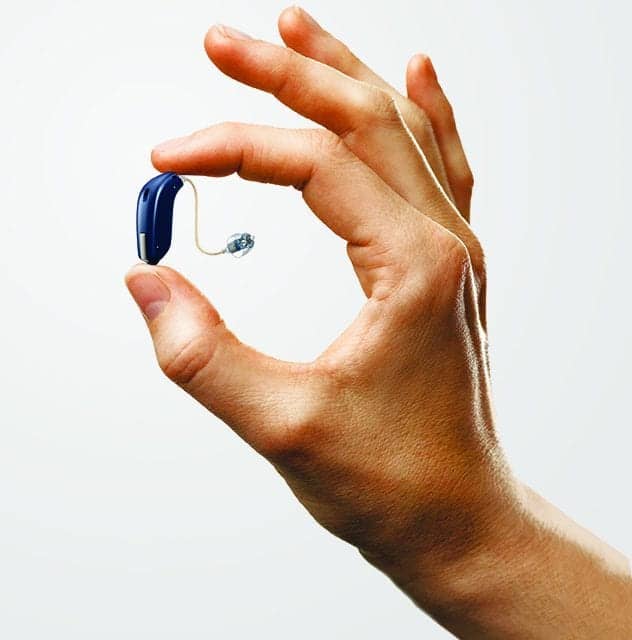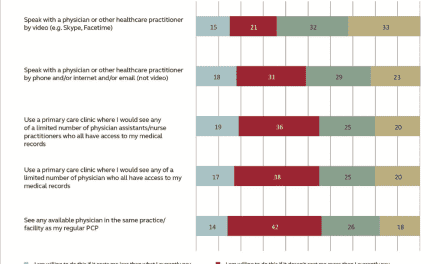Oticon, Inc., Somerset, NJ, is opening a world of sound to teens with the expanded Oticon Opn™ portfolio that incorporates the popular DSL rationale and a new miniRITE-T with telecoil for FM access, Oticon announced. Hearing care professionals can now fit teens with a discreet Opn hearing solution that offers the benefits of Oticon’s open sound experience, direct streaming to iPhone®, and Internet connectivity via the If This Then That (IFTTT.com) network.
“With Oticon Opn, teens can now benefit from a new paradigm that allows them to access and handle multiple speakers simultaneously, even in complex listening situations,” says Donald J. Schum, PhD, VP of audiology. “Opn’s combination of performance, connectivity, and cosmetics provides the advantages teens want and at the same time, gives them the confidence they need to consistently wear their hearing aids throughout the day.”
In a survey of pediatric audiologists conducted by Oticon, “getting teens to consistently wear their hearing aids” was cited as the biggest challenge, followed by “finding a hearing aid that is cosmetically pleasing.”
New Research from Boys Town Research Hospital
In the dynamic conversational give-and-take of school and social settings, young people may not always face the speaker. The open sound experience, powered by OpenSound Navigator™, enables Opn users to focus on a conversation while staying attentive to people and things around them and to switch focus quickly and easily, according to the company. A new study by researchers from Boys Town National Research Hospital found that OpenSound Navigator improves children’s speech understanding in noisy environments when listeners do not directly face or look at the speaker the entire time. OpenSound Navigator allowed the access to other talkers in the environment that is fundamental to incidental learning.
What Teens Want
To learn more about the issues faced by 13-19 year olds with hearing loss, Oticon conducted focus groups with teens and tweens. Top concerns voiced by participants included “size of the hearing aid” and “performance of the hearing aid in noise.” According to Oticon, the majority of teens expressed a desire for a small, slim hearing aid that allows them to “blend in” and feel part of the mainstream. Teens also indicated their preference for a hearing solution that gave them the ability to stream calls and listen to music wirelessly from smartphones.
Opn allows teens to connect to their favorite devices for direct streaming from iPhone® and audio devices. The newest BrainHearing™ solution is reportedly the world’s first hearing aid that connects to the internet via the IFTTT network, a web service that automates other web-based functions to make life easier. Teens can now use their hearing aids with a growing number of IFTTT-compatible products and services from wake-up notices and sports reports to practical considerations such as low battery alerts and connections to smart home devices.
Hearing Care Professional Is Gatekeeper
While teens may search the Internet for entertainment and information throughout the day, they look to hearing care professionals to guide them in the selection of a hearing solution. Oticon said that focus group participants revealed that they do not discuss or search for information about hearing aids but rather trust their hearing care professional to advise them about the hearing aids that are best for them.
Oticon is partnering with the Ida Institute to promote Telecare for Teens, a suite of easy-to-use online tools and resources that equip teens to take on more responsibility for self-management and make more independent judgments about their hearing care needs. Designed for hearing care professionals to share with teens to prepare for appointments and make counseling more focused and efficient, the tools help identify communication needs and concerns and guide support for teens throughout their hearing journey.
Source: Oticon, Ida Institute






